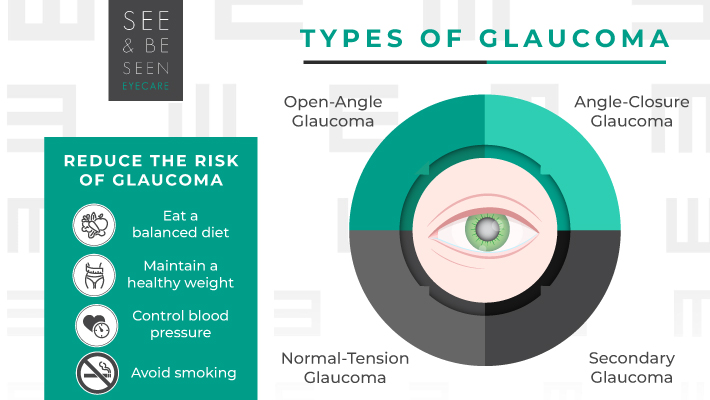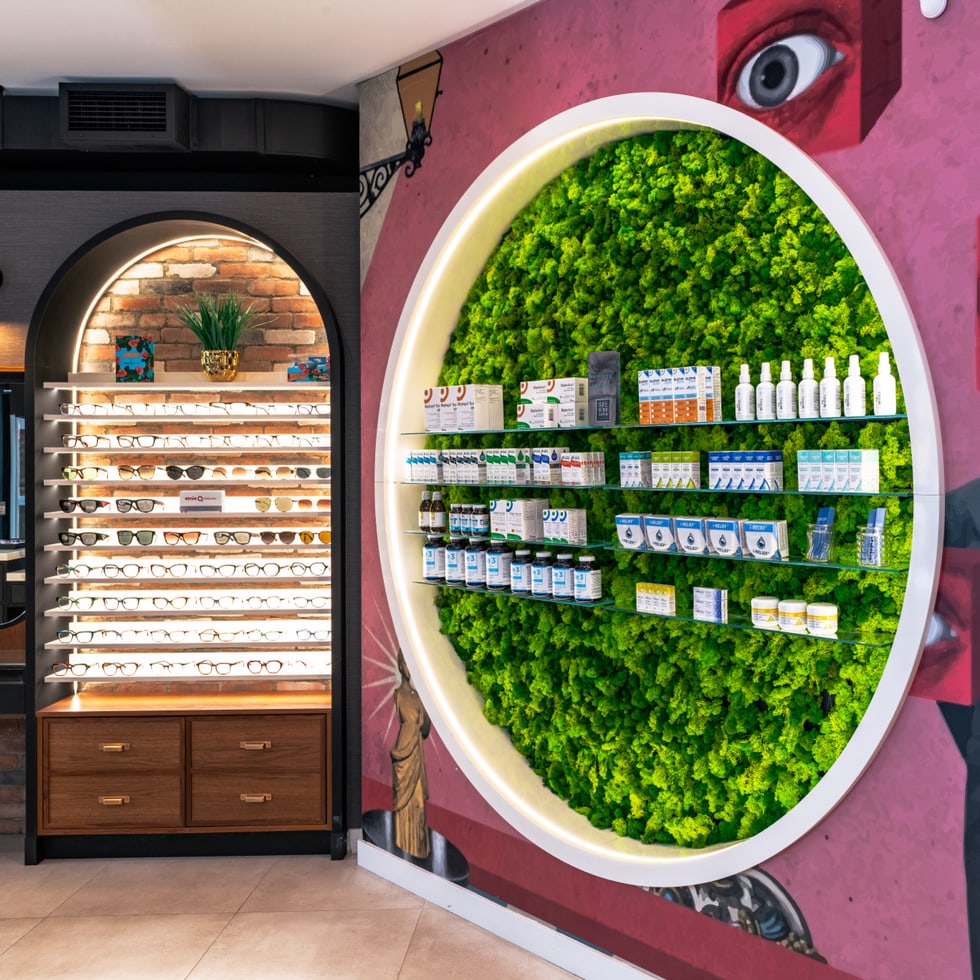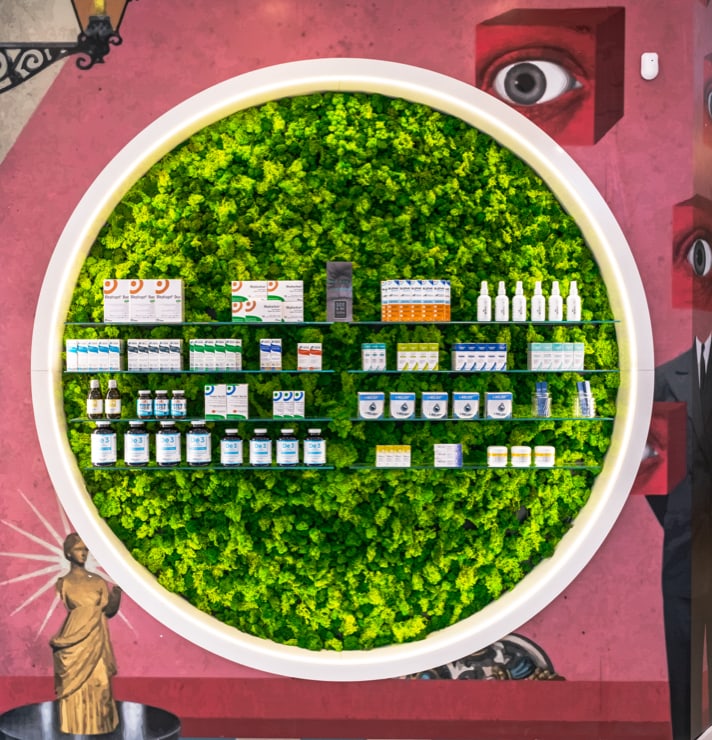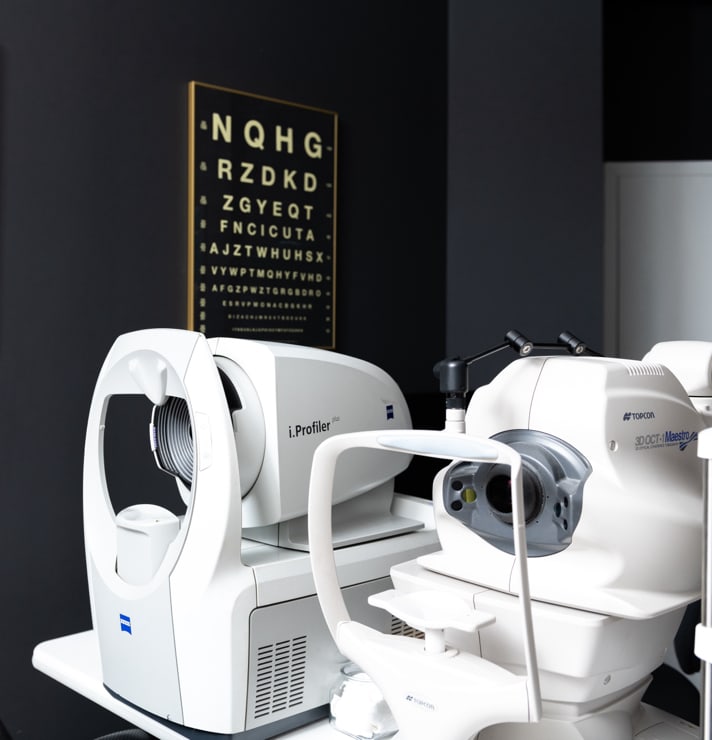Glaucoma is a group of eye conditions that affect the eye by damaging the optic nerve. These conditions can cause irreversible damage to your vision but often don’t show early warning signs. Regular eye exams and screenings are crucial in detecting glaucoma, especially if you’re at higher risk due to factors such as family history or age.
Glaucoma can affect your vision differently depending on the type you have. The 2 most common types of glaucoma are open-angle glaucoma and closed-angle glaucoma. Other types of glaucoma include:
- Normal-tension glaucoma
- Secondary glaucoma
- Pigmentary glaucoma
What Causes Glaucoma?
The main cause of glaucoma is increased pressure in the eye, known as intraocular pressure (IOP). This pressure builds up when the fluid inside the eye, called aqueous humour, doesn’t drain properly. As a result, the excess fluid puts pressure on the optic nerve, which is responsible for transmitting visual signals to the brain.
Risk Factors
Although the exact reasons for this fluid buildup are still being researched, several risk factors for glaucoma have been identified.
- Age is a significant factor, as glaucoma becomes more common as we get older.
- Genetics can also play a role, as individuals with a family history of glaucoma are at a higher risk of developing the condition.
- Diabetes, high blood pressure, and certain medications may increase the risk of glaucoma.
- Injuries to the eye, severe nearsightedness, and even prolonged use of corticosteroids have also been associated with glaucoma.
Primary Open-Angle Glaucoma
Primary open-angle glaucoma is the most common form of the condition. It occurs when the drainage angle in the eye becomes blocked over time, leading to an increase in IOP. This elevated pressure can cause damage to the optic nerve.
Symptoms of Open-Angle Glaucoma
Open-angle glaucoma typically begins without any obvious symptoms or warning signs. Over time, you may notice a deterioration in your vision, but many people don’t realize this until they experience irreversible vision loss.
During a comprehensive eye exam, your optometrist can look for signs of glaucoma by measuring your IOP, inspecting the optic nerve, and conducting visual field tests.
Angle-Closure Glaucoma
Angle-closure glaucoma, also known as closed-angle glaucoma, occurs when the drainage angle in the eye narrows or closes suddenly, causing a rapid increase in IOP. This elevated pressure can lead to severe damage to the optic nerve if left untreated. This form of glaucoma is much less common but can progress rapidly.
Symptoms of Angle-Closure Glaucoma
With angle-closure glaucoma, the symptoms can be quite noticeable and alarming. You may experience:
- Sudden and intense eye pain
- Blurred vision
- Seeing haloes around lights
- Eye redness
- Nausea or vomiting
Angle-closure glaucoma tends to come on suddenly and requires immediate medical attention.

Other Types of Glaucoma
In addition to primary open-angle and angle-closure glaucoma, there are a few notable variations: normal-tension glaucoma, secondary glaucoma, and congenital glaucoma. Beyond these types, there are at least 5 other forms of glaucoma.
Normal-Tension Glaucoma
Unlike other forms of glaucoma, this type occurs even when IOP remains within the normal range. It can still cause damage to the optic nerve and lead to vision loss. The exact causes of normal-tension glaucoma are still being studied, but factors such as vascular conditions and genetic predisposition may play a role.
Secondary Glaucoma
Secondary glaucoma is a result of another underlying condition or eye injury. For instance, certain medications, such as corticosteroids, or diseases like diabetes can contribute to the development of secondary glaucoma. Treating the underlying cause is key to managing this type of glaucoma effectively.
Congenital Glaucoma
Congenital glaucoma can be present at birth or develop during early childhood. This rare condition occurs due to an abnormality in the eye’s drainage structure. Early detection and prompt treatment are crucial for managing congenital glaucoma and preventing permanent vision impairment.
Treatments for Glaucoma
For open-angle glaucoma, the most common form of the condition, the primary goal is to reduce IOP over time. This can be achieved through a few different methods, including:
- Medicated eye drops
- Oral medications
- Laser therapy, such as trabeculoplasty
Unlike open-angle glaucoma, angle-closure glaucoma often requires immediate medical attention. Treatment usually involves medications to rapidly reduce IOP and open up the drainage angle. These medications might be given in the form of eye drops or administered intravenously in more severe cases.

Reducing the Risk of Glaucoma
Regular eye exams and consultations with your eye doctor are crucial in detecting and managing glaucoma early on. Beyond this, eating a balanced diet, maintaining a healthy weight, controlling your blood pressure, and not smoking can all be helpful in reducing your risk for glaucoma.
By taking a proactive approach to your eye health and adopting a healthy lifestyle, you can make a significant difference in preventing glaucoma and other eye diseases. Book your next eye exam at See & Be Seen Eyecare today.













